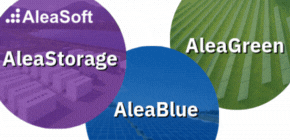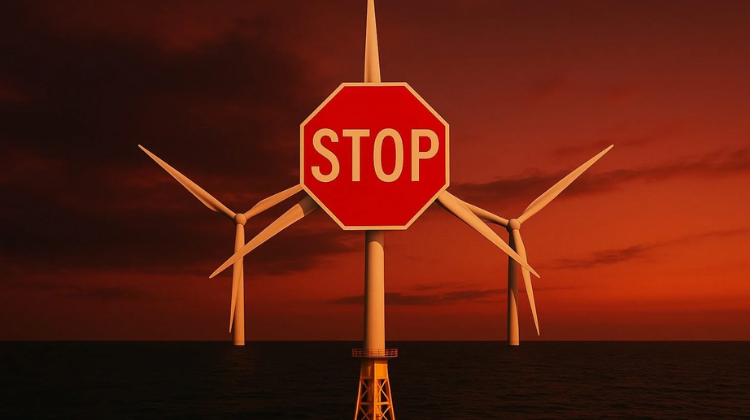The Bundesnetzagentur (BNetzA) has outlined an ambitious plan to redesign the electricity tariff framework, addressing critical challenges posed by the energy transition. Through the Allgemeine Netzentgeltsystematik Strom (AgNeS) initiative, the regulator intends to modernise the financial architecture of the electricity grid, ensuring that it can effectively accommodate the growing share of renewable energy and increased electrification across multiple sectors.
“The aim is to enable all grid users to act freely within the energy markets while maintaining the necessary focus on network infrastructure needs,” the BNetzA emphasises in the discussion paper.
This reform seeks to rebalance the current model, where only final consumers bear the grid costs, while producers, including those in renewable energy, do not directly contribute financially.
Massive Investment Needed to Ensure Grid Stability
Germany’s transition towards a carbon-neutral economy requires significant infrastructure investments. According to the BNetzA, the electricity grid will demand nearly 360 billion euros in investments by 2045, divided between 160 billion euros for transmission networks and 200 billion euros for distribution grids.
Offshore grid connections alone will require an additional 160 billion euros. Without reform, these investments risk being financed solely through consumer tariffs, further increasing electricity costs for households and businesses.
The introduction of grid access fees for renewable energy producers is seen as a critical tool to share the financial burden more equitably across all market participants.
Addressing the New Dynamics of Electricity Demand
The regulator’s analysis highlights that decentralised renewable generation and increasing electrification are rapidly changing consumption patterns. “The widespread adoption of electric vehicles and the installation of heat pumps are placing significant additional loads on low-voltage networks,” the BNetzA notes.
In addition to household-level impacts, the electrification of industrial processes and the expansion of green hydrogen production through electrolysers will substantially increase electricity demand at higher voltage levels.
These developments require a grid capable of handling not only higher volumes of electricity but also more complex and less predictable consumption patterns.
Reforming the Tariff System for Greater Efficiency
The Bundesnetzagentur proposes to replace outdated methodologies under the soon-to-be-defunct StromNEV regulation, introducing modern pricing structures that promote energy efficiency and better reflect real-time grid conditions.
Among the measures under consideration is the introduction of dynamic tariffs, which adjust based on grid congestion and availability, thereby encouraging consumers to shift their consumption to off-peak periods.
“The tariff system must incentivise responsible user behaviour, promote energy efficiency, and encourage flexibility in consumption patterns,” the regulator asserts.
The proposal also includes exploring capacity-based pricing models instead of the current consumption-based fees. This approach would allocate costs based on the grid capacity required by each user, aligning more closely with the actual infrastructure costs.
Introducing a Unified National Tariff and Eliminating Inefficiencies
One of the most far-reaching proposals is the establishment of a single, nationwide tariff structure, which would replace the current patchwork of regional tariffs. This would eliminate significant price disparities between regions and increase transparency for end users.
It would also address the so-called “pancaking effect,” where users pay overlapping tariffs for different stages of the grid, resulting in higher overall costs.
The introduction of a national tariff could further streamline Germany’s complex energy market and support the integration of renewable energy across regions with varying levels of generation capacity.
However, this proposal also raises questions about potential impacts on regional grid operators and the need for financial mechanisms to ensure their continued viability.
Protecting Industrial Competitiveness and Vulnerable Consumers
The Bundesnetzagentur recognises that tariff reforms must balance economic sustainability with social considerations. “The new framework must ensure that the energy transition remains economically viable while safeguarding the affordability of electricity for households and small businesses,” the regulator stresses.
For large industrial consumers, who play a critical role in Germany’s economy and global competitiveness, the reform aims to provide more predictable and stable cost structures.
At the same time, specific mechanisms are expected to be introduced to shield vulnerable consumers from potential price increases arising from the new tariff model.
A Call for Broad Stakeholder Participation
With this discussion paper, the Bundesnetzagentur has officially launched a comprehensive consultation process. Industry stakeholders, consumer groups, energy producers, and policymakers are invited to provide feedback on the proposed reforms.
“The energy transition demands not only technological investment but also a modern, fair and efficient regulatory framework,” the BNetzA concludes.
The goal is to finalise a robust tariff system that not only supports the decarbonisation of Germany’s economy but also enhances the country’s position as a leader in clean energy innovation.































